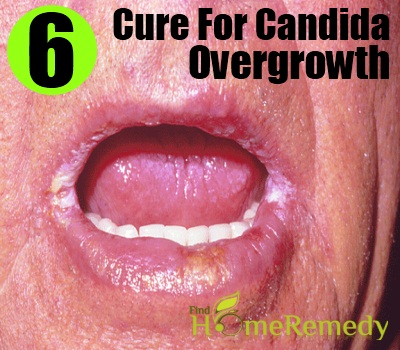

Your doctor will build on the results of a yeast test by scraping some of the skin that has a rash. 26, 2018.Facial fungal infections are easily treatable if diagnosed early. Vaginitis, vulvitis, cervicitis, and cutaneous vulval lesions. Genital tract infections: Vulva, vagina, cervix, toxic shock syndrome, endometritis, and salpingitis. Rochester, Minn.: Mayo Foundation for Medical Education and Research 2018.

To reduce your risk of vaginal yeast infections, wear underwear that has a cotton crotch and doesn't fit too tightly. Women with lowered immunity - such as from corticosteroid therapy or HIV infection - are more likely to get yeast infections. Women with poorly controlled blood sugar are at greater risk of yeast infections than women with well-controlled blood sugar. Yeast infections are more common in women with higher estrogen levels - such as pregnant women or women taking high-dose estrogen birth control pills or estrogen hormone therapy. Broad-spectrum antibiotics, which kill a range of bacteria, also kill healthy bacteria in your vagina, leading to overgrowth of yeast. Yeast infections are common in women who take antibiotics. Risk factorsįactors that increase your risk of developing a yeast infection include: Yeast infections caused by other types of candida fungus can be more difficult to treat, and generally need more-aggressive therapies. Taking oral contraceptives or hormone therapy that increase estrogen levelsĬandida albicans is the most common type of fungus to cause yeast infections.Antibiotic use, which causes an imbalance in natural vaginal flora.An overgrowth of candida or penetration of the fungus into deeper vaginal cell layers causes the signs and symptoms of a yeast infection. Certain bacteria (lactobacillus) act to prevent an overgrowth of yeast.īut that balance can be disrupted. Your vagina naturally contains a balanced mix of yeast, including candida, and bacteria. The fungus candida albicans is responsible for most vaginal yeast infections.

Your symptoms aren't relieved after treating with over-the-counter antifungal vaginal creams or suppositories.You're not sure whether you have a yeast infection.This is the first time you've had yeast infection symptoms.Your immune system is weakened because of certain medications or conditions such as HIV infection.Your infection is caused by a less typical type of fungus.You have four or more yeast infections in a year.You have severe signs and symptoms, such as extensive redness, swelling and itching that leads to tears, cracks or sores.You might have a complicated yeast infection if: Thick, white, odor-free vaginal discharge with a cottage cheese appearance.A burning sensation, especially during intercourse or while urinating.Itching and irritation in the vagina and vulva.Yeast infection symptoms can range from mild to moderate, and include:


 0 kommentar(er)
0 kommentar(er)
